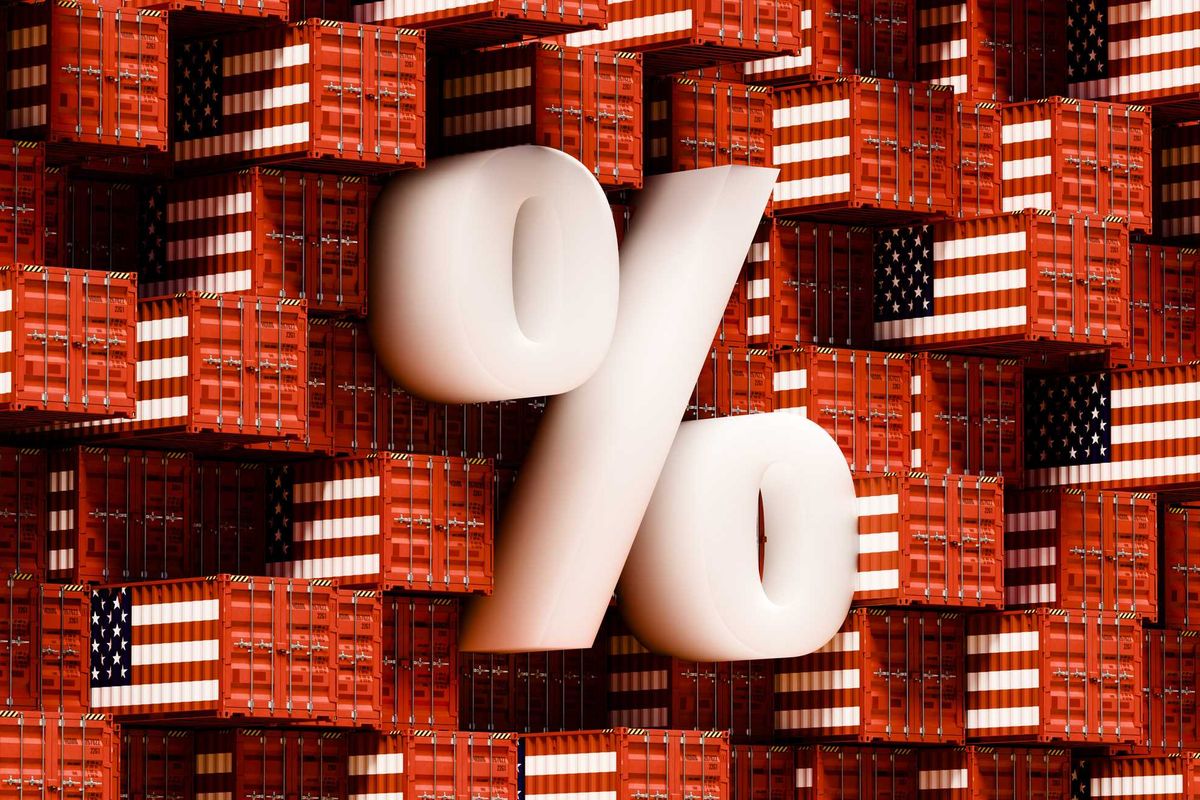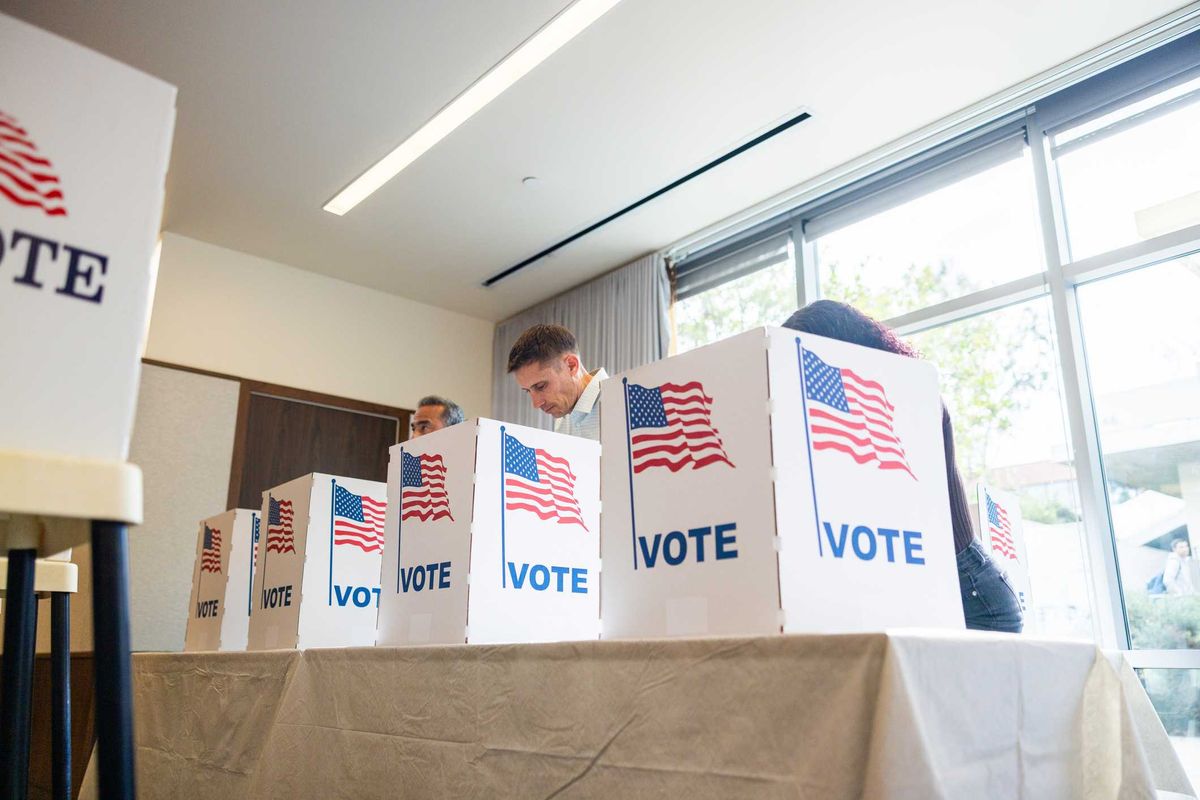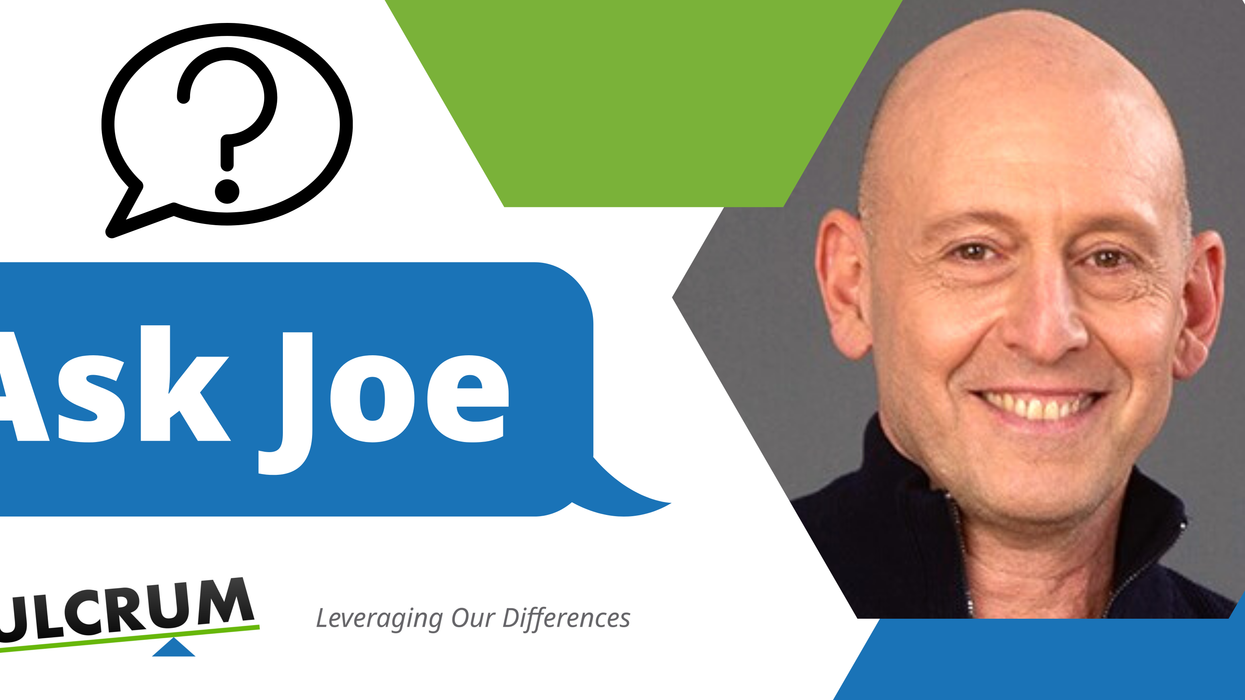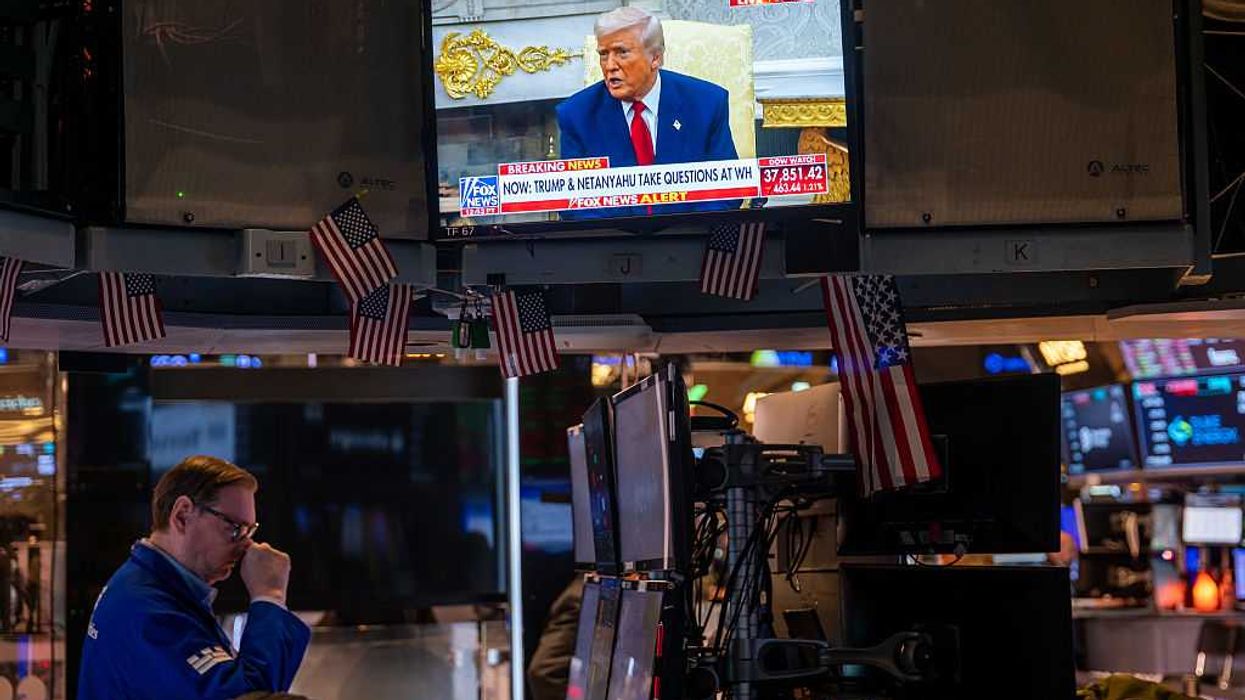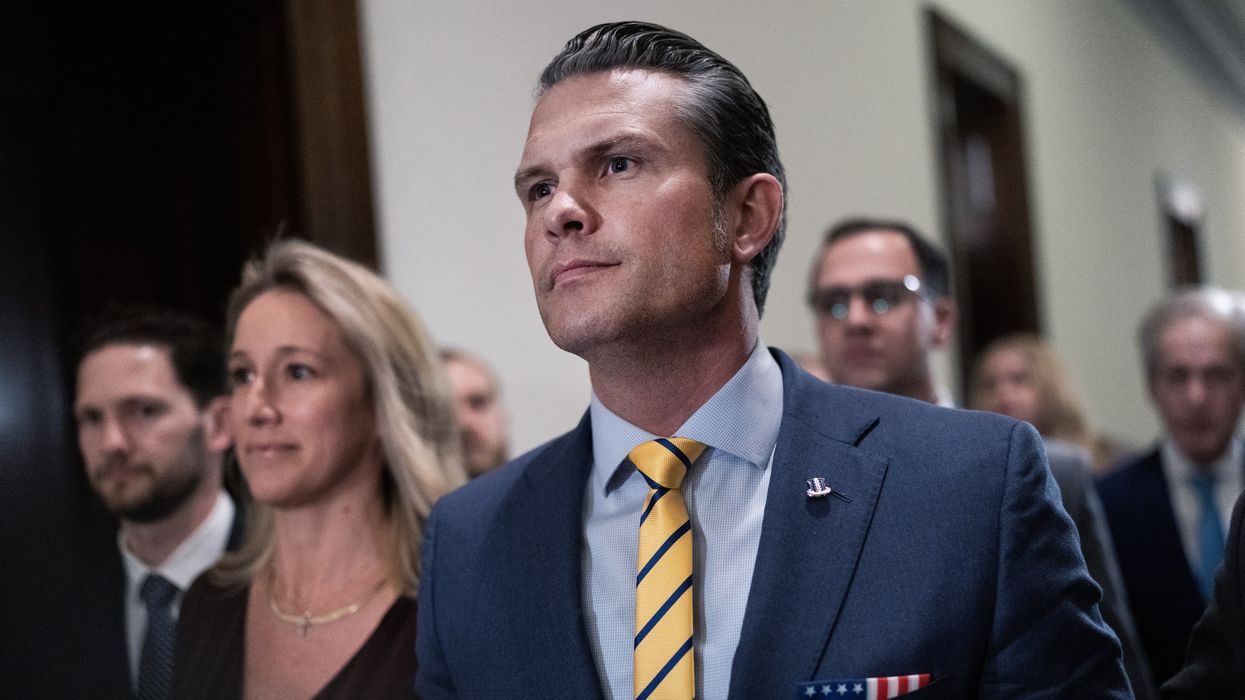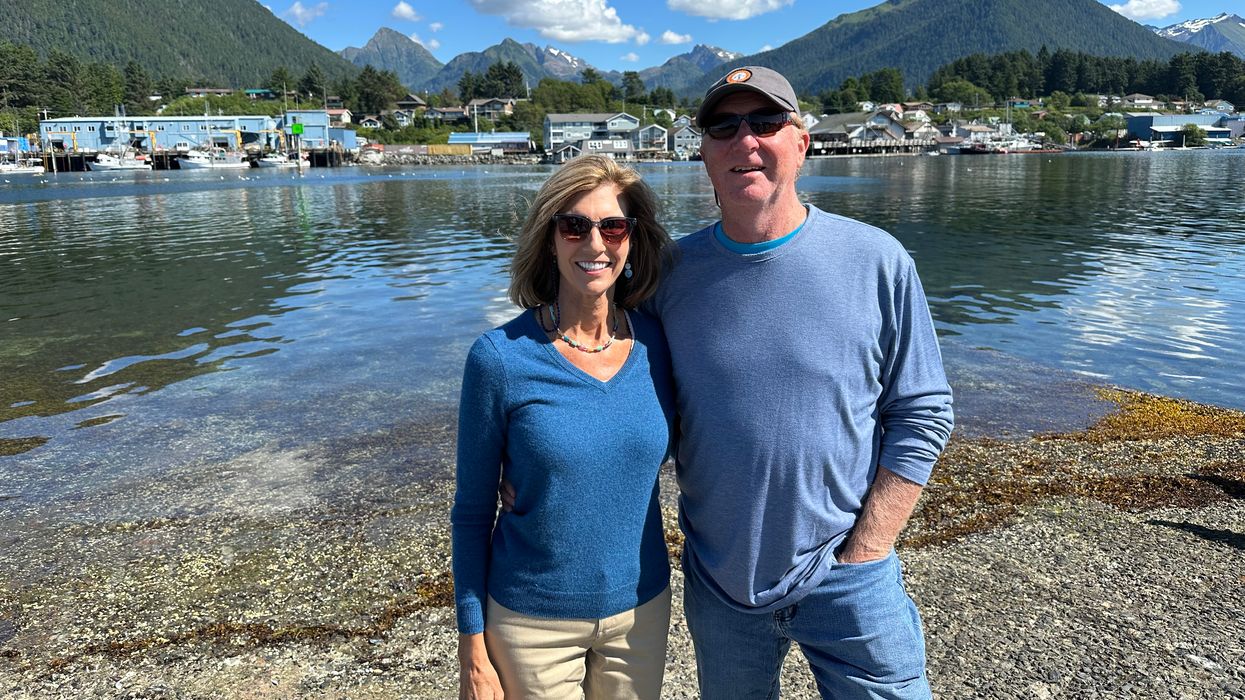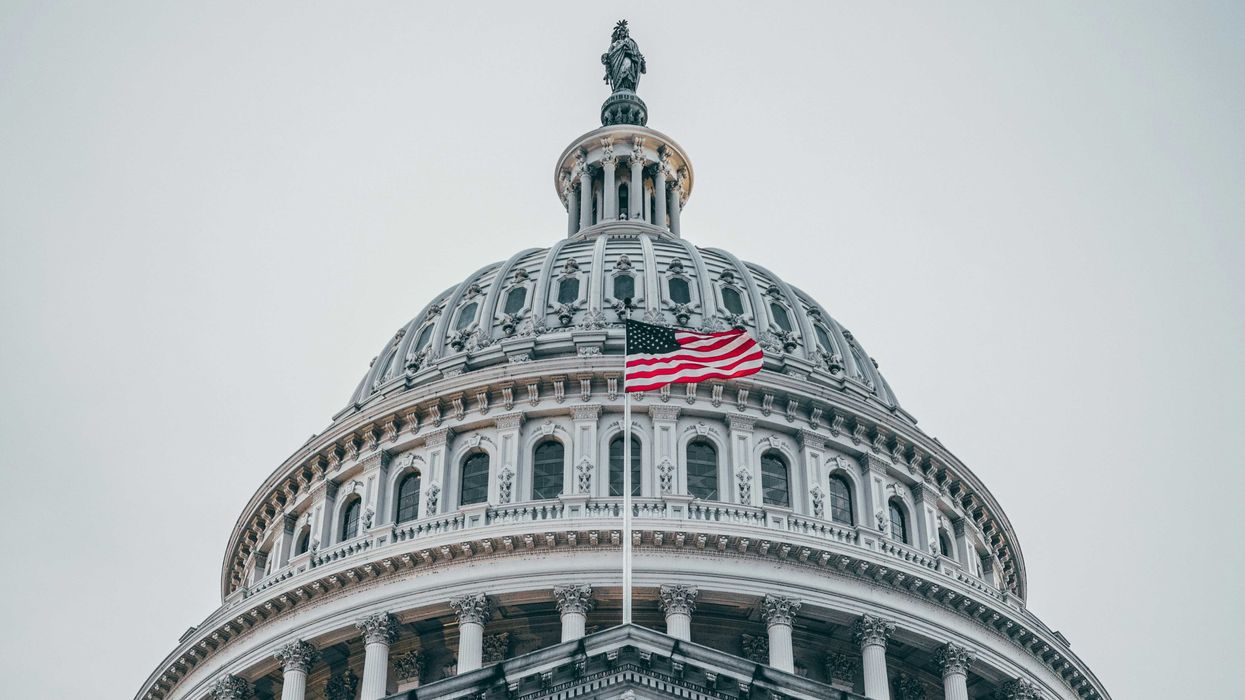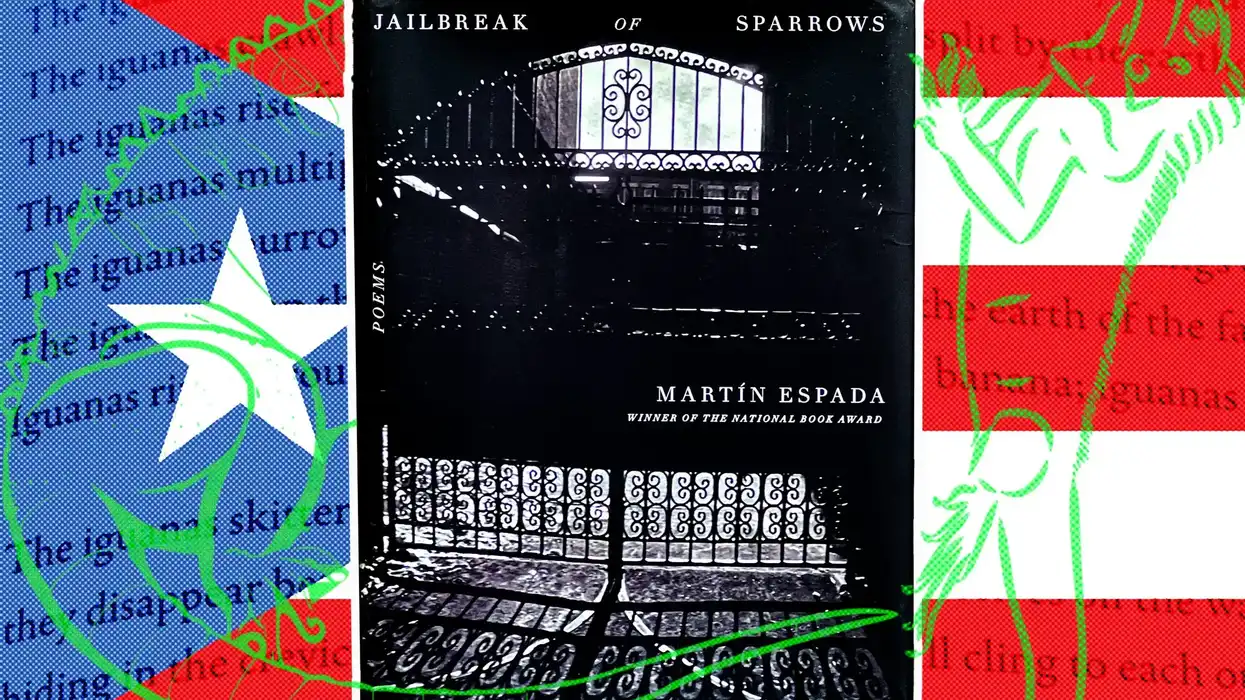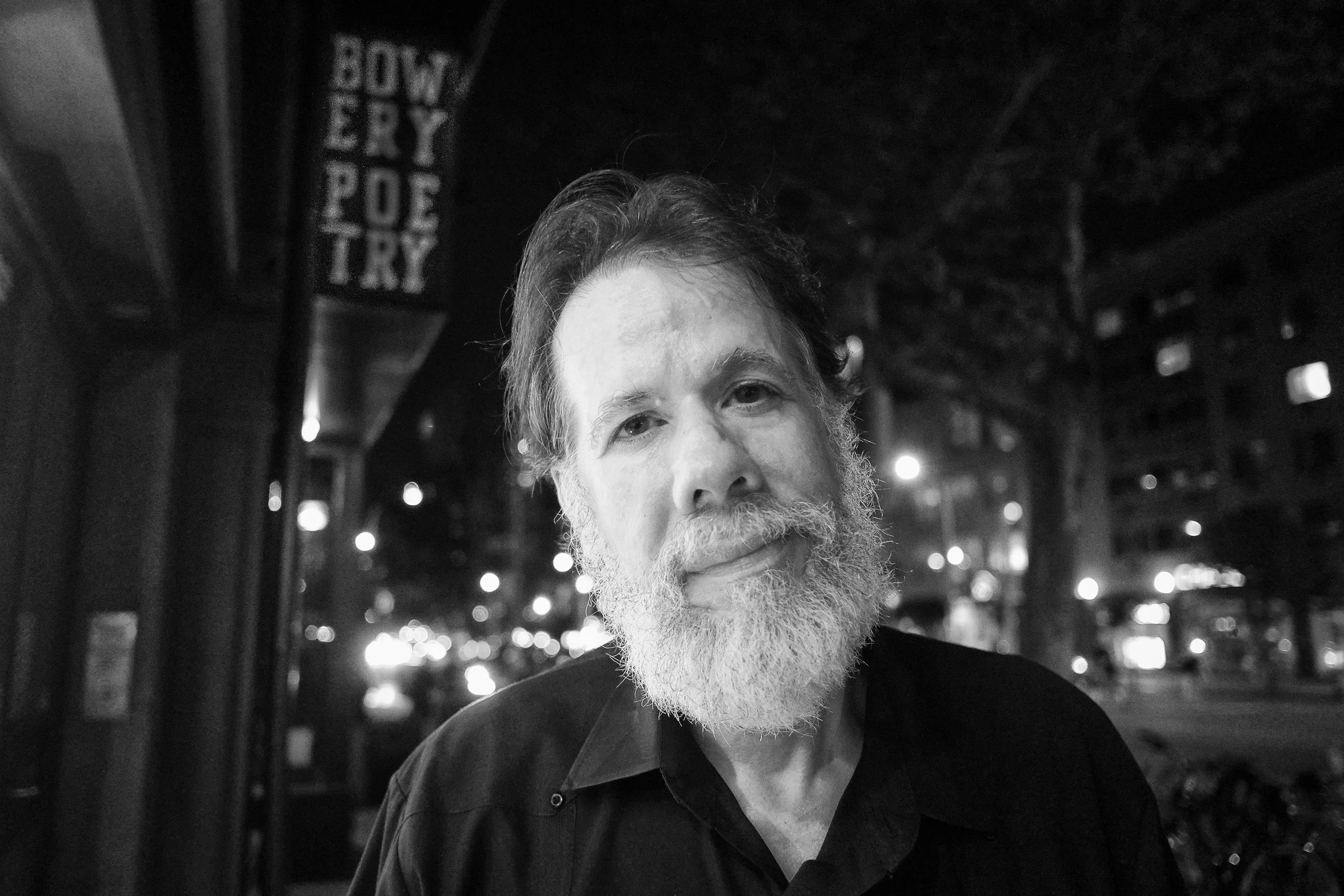Dear Joe,
I am a retired university president and BadAss Grandma for Democracy ( yes, it's a thing). A very prolific blogger whose columns run in several major and smaller newspapers across the state has been using me as a punching bag to get clicks. When I recently realized that my name has been in eight of his columns in the past 13 months (earlier, too, but less intensely), I took a closer look. His choice of words about me is inflammatory and defamatory. He lies about me. He drags every organization I'm associated with through the mud along with me. Enough is enough, especially in these highly volatile times. And I haven't even been in the public eye for over two years!
In the past, allies have spoken with him and with people at the major paper.
I am preparing to ask the owner of a news syndicate that runs his column to provide me with space for a guest editorial in all the papers that run the offending column. I feel the need to set the facts straight, and I hope to reach a broad range of moderates with information about why I do what I do (i.e., the fragile state of democracy and what we need to do about it).
The blogger typically doubles down and fights back when attacked. Is there any win-win here?
BadAss Grandma
Hello, BadAss.
Wow, I’m sorry to hear you are going through this. No one deserves to be treated this way, whether from a stranger, friend or family member. In your case, it illustrates one of the unfortunate dilemmas of our technologically dominant time: The physical distance created by the Internet, coupled with our ability to “connect” well beyond our immediate and familiar community, makes it easy to be as aggressive, rude and harmful as we like without having to worry about the consequences. Your issue requires more than a few paragraphs of support, but I will certainly offer some ways to look at it.
Let’s first reframe this to help get you back to your power. For someone you don’t know to devote so much time and energy to you, particularly in such a toxic and harmful way, only indicates how powerful you are! Good work! This means that the actions you’re putting forth are having a significant impact. Please keep doing the meaningful work you are doing and be mindful to do that in a way where both what you are doing and how you are communicating it are in alignment with your highest values. In other words, how can you deliver a strong message and call people to their highest, and at the same time minimize ways that your words may attack, judge, criticize, alienate, condescend or threaten?
The Fierce Civility approach offers theory and practices to help us confront a bully without becoming a bully. In essence, that is one of the conscious or unconscious intentions of a bully – to get you in a reactive stance where you are forced to be in either “fight” or “defender” mode. Why is that important? Because this is ultimately the goal of those who don’t want to see progress and any kind of cultural transformation. He wants you to play on his turf, believing that he is far more likely to “win” there.
If you try to retaliate (fight), you are feeding the bully’s mission. If you ignore it (flight) or acquiesce (freeze) you also feed into it. When we are thrown off center, our default strategies for dealing with challenges are either aggression or passivity. This oppositional stance keeps us in the patterns of polarization where we spend a lot of time, energy, and resources trying “to be right” or “to win.” And, in reality, we end up only perpetuating the cycle of animosity and separation without really getting to any new solutions.
With Fierce Civility, you neither attack nor defend; you find alternative strategies that disarm his strategies without disempowering him. So, some things to consider: Yes, take advantage of the opportunity to write an editorial, but don’t address him at all. Create your own turf. Clarify the rules of engagement. Talk to the people and communities that matter to you. Bring up points he has made without needing to defend, and offer readers a deeper teaching on what he has questioned. This person has created the prompt for you to consider honing, delivering and sharing your message and deepening your resolve on issues that matter to you. In this way, it becomes a win for you.
Initiate a platform where you and those organizations he also attacks can get into respectful dialogue in order to create deeper alliances and shared mission. Clarify and celebrate where you all find common ground in order to seek higher ground. By strengthening alliances with those who are truly seeking ways to bridge with others (maybe in surprising places), then the tactics of those who are looking to tear those bridges down have less power.
I admire your desire to find a win-win solution to this. While that should be a key motivating force in alliance building, there is also wisdom in determining that the best strategy is to create safety by setting clear boundaries. That should be your priority at this time. It seems like he has thrown you off balance. I would suggest that you do what is necessary to get you back to your own internal and external balance. Once you have accomplished that (of course knowing that balance is fluid and not static), then you can establish a renewed sense of vitality and stability. From here, you are more empowered to thrive. Big win for you!
So, BadAss, use this situation as a creative opportunity to step more fully into your power in a way that inspires others and allows you to increase your scope of influence. Who knows? Some day you may look back and feel gratitude for the opportunity he created for you to up your game! I know this is easier said than done. However, I hope what I suggest can help you find your path forward on this.
The world needs more of the wisdom and compassion you have to offer,
Joe
Ask Joe is dedicated to exploring the best ways to transform tensions and bridge divides. Our resident advice columnist and conflict resolution specialist, Joe Weston, is here to answer your questions in order to resolve tension, polarization, or conflict.
Learn more about Joe Weston and his work here. Make sure to c heck out Joe’s bestselling book Fierce Civility: Transforming our Global Culture from Polarization to Lasting Peace, published March 2023.
To Ask Joe, please submit questions to: AskJoe@Fulcrum.us.
